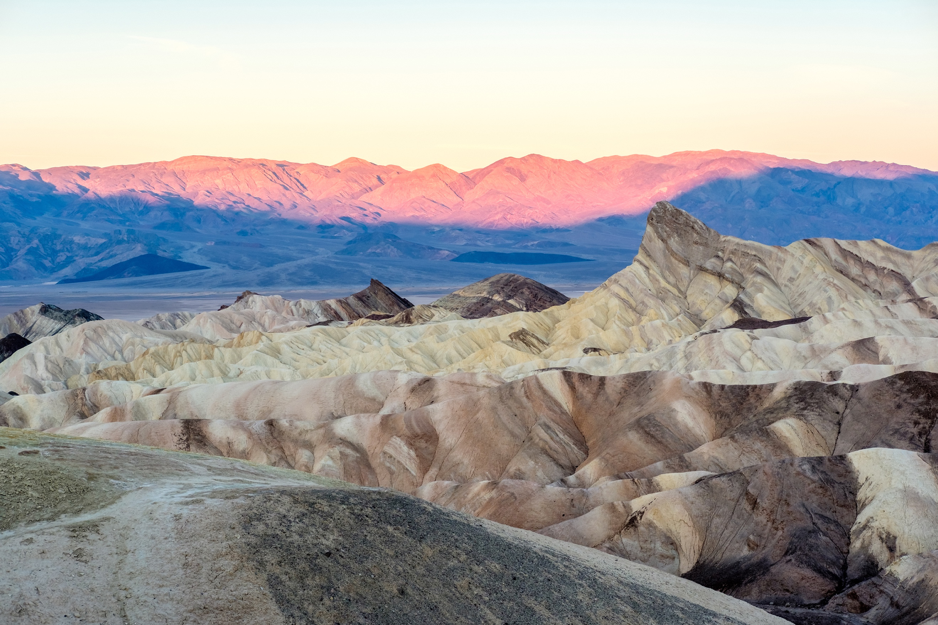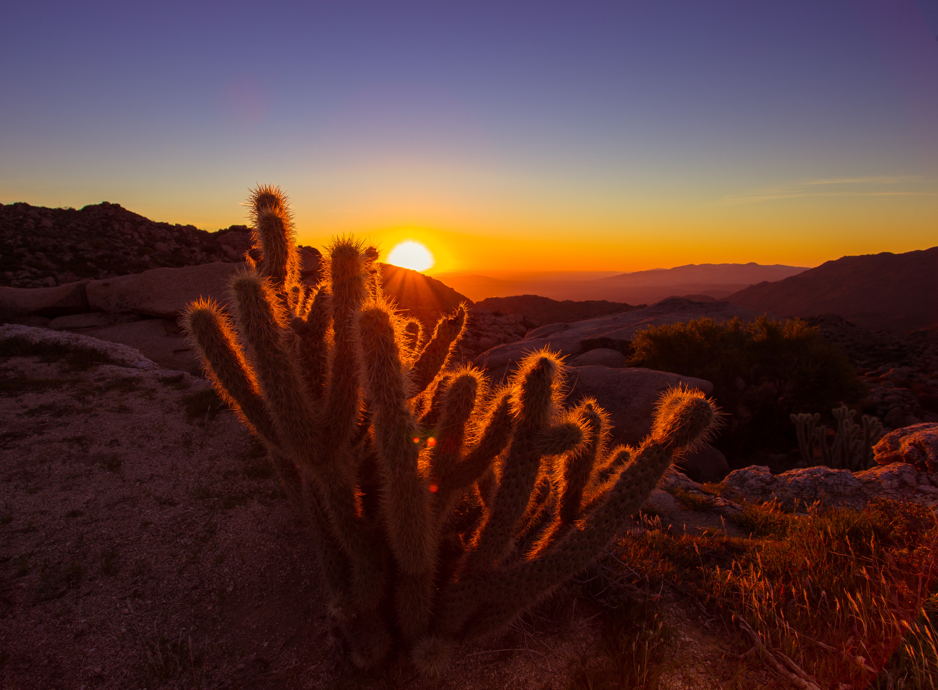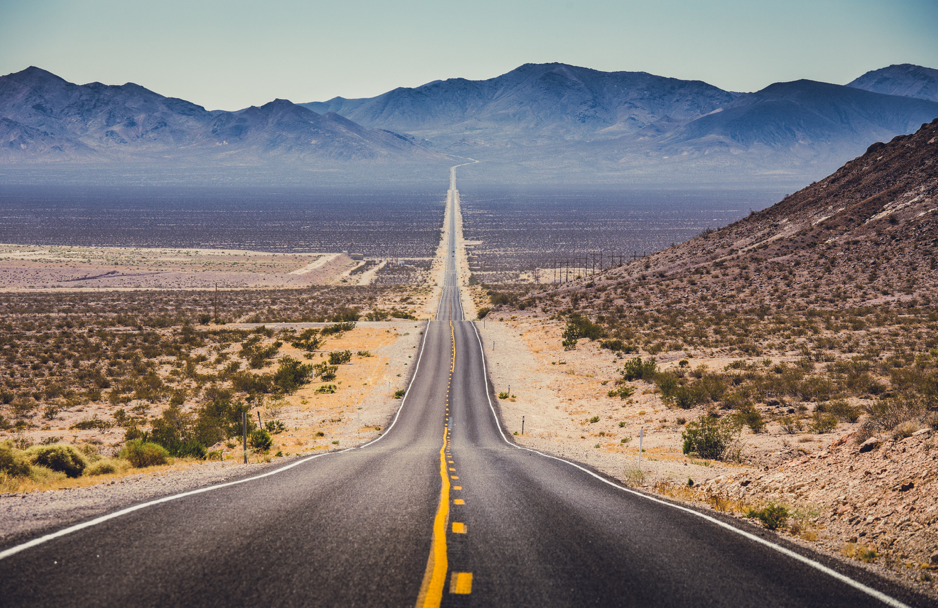California’s deserts have always been hot, but nowadays, from Palm Springs to Death Valley, there’s also a coolness to them that hasn’t been felt since the Rat Pack era, as they’re transformed by a new crop of hipsters, artists and outdoor adventurers.
Laze by a pool amid timeless Mid-Century Modern architecture in retro-chic Palm Springs, or marvel at eternal wonders of otherworldly beauty in national parks from Joshua Tree to Death Valley. The deserts’ palm-pricked landscapes, world-class music and art festivals and some quirky enclaves welcome the next generation of party people. And the fun all starts barely two hours from Los Angeles.

Palm Springs & Coachella Valley
It’s hard to imagine a cooler pedigree than Palm Springs, 'playground of the Rat Pack.' Sinatra, Sammy, Lucy, Dino and Elvis put the city on the map in the 1950s and ‘60s, living it up in their Mid-Century Modern vacation homes. Thereafter, Palm Springs and the Coachella (say 'co-CHEL-a') Valley became the province of retirees and golfers (um, not cool), but nowadays its retro charms have been rediscovered and, along with outdoor enthusiasts and a significant LGBT contingent, it has blossomed into a desert playground.
There’s still plenty of Rat Pack glam in vintage hotels like the Del Marcos, period rental homes and resale shops for clothing and furniture to let you live the look. Meanwhile, a new crop of sleeping options (the Ace and Parker), restaurants and nightspots add a dose of 21st-century hipster chic. Not to mention the white-hot Coachella Music & Arts Festival each April and its classic rock companion Desert Trip in October, some 25 miles 'down valley' in Indio.
In between, the area is studded with high-up hiking trails atop the Palm Springs Aerial Tramway or in the mountainous Cahuilla Indian canyons, and high-end fashion along El Paseo (the Rodeo Drive of the Desert) in Palm Desert. And the Coachella Valley is America’s date capital (the kind you eat – 90 percent of America’s crop is grown here); orchards and shops let you sample the wares and find inner cool sipping a thick date shake.

Joshua Tree National Park
Northeast of Palm Springs, the Mojave and Colorado deserts meet in the Joshua Tree National Park, named for the unique, ubiquitous trees that flourish here, a spiky-spindly yucca variety that reminded Mormon pioneers of the prophet Joshua pointing toward the Promised Land.
Modern-day visitors find it just as inspirational: rock climbers get their fix on otherworldly outcroppings; hikers cruise oases and dry lake beds; and everyone can be awestruck by the aptly named Wonderland of Rocks, groves of Joshua trees near Covington Flats, all-the-way-to-Mexico vistas from the mile-high Keys View and the innumerable stars under night skies. U2 named its classic album The Joshua Tree, and north of the park, the eponymous town is a hippie, artsy holdover.
Pioneertown
North of Palm Springs, Pioneertown looks like an Old West movie set – because it was. Built in 1946 by no less than Roy Rogers, Dale Evans and Gene Autry, it’s now home to seasonal gunfight shows along Mane Street (get it?), and hipster-friendly Pappy & Harriet’s Pioneertown Palace, which books local to world-famous music acts and serves Tex-Mex cookin’, Santa Maria-style barbecue and cheap beer.

Salton Sea & Salvation Mountain
You’ll do a couple of double-takes at the Salton Sea: first when you behold this unlikely 35-mile long, 15-mile wide lake in the middle of the desert, and later when you learn its story. In the mid-1800s, water from the Colorado River water was diverted for agricultural irrigation here – all good until the water breached its dikes in 1905 in a massive flood, and created the sea that has lasted to this day.
Nowadays, folks are of three minds about the Salton Sea. On the one hand, it provides fun for boating, fishing and birding (bald eagles, snow geese, ruddy ducks, pelicans and peregrines). On the other, periodic algae blooms create noxious odors. And on the third hand, draining it could lead to a worse disaster if dust and pollutants from decades of fertilizer from agricultural runoff get airborne.
Nearby, Salvation Mountain is utterly unlike any other. It’s the 30-plus year effort of a single artist, Leonard Knight (1931-2014), who covered every inch with a fanciful paint job of bold-colored stripes, flowers and a giant heart, found objects and biblical messages like 'God is love.' The mountain has appeared in movies (Into the Wild) and music videos (Coldplay’s Birds), and the US Senate declared it a national treasure, one congressional act we heartily endorse.
Anza-Borrego Desert State Park
If Palm Springs, Joshua Tree or the Salton Sea aren’t remote enough, how about the largest state park outside of Alaska? With about 938 square miles, 12 wilderness areas and 500 miles of dirt roads, Anza-Borrego’s peak season is in late winter when the plains and mountainsides explode with color from wildflowers, especially after a soaking winter rain.

The rest of the year, a smattering of sleeping and eating options in the quiet main village of Borrego Springs are a base for the hiking trails around the park’s visitor center and other roads leading to rare elephant trees and eerily beautiful wind caves. Summers are best avoided by all but the hardiest and well prepared – temperatures can reach 125°F.
Death Valley National Park
It seems fitting to end our desert escape in Death Valley, a land of extremes: hottest, driest and lowest place in America, and second largest national park (outside of, again, Alaska), over 5000 square miles. Death Valley may seem barren at first, but let your powers of observation take over and you may find your senses overwhelmed.
You might trundle over seemingly endless sand dunes, scoot across the Badwater Basin salt flats (lowest point in the Western Hemisphere at 282 feet below sea level), ooh-and-ah along the painter’s palette mountainsides of Artists Drive, and break for a well-earned prickly-pear margarita on the veranda of the historic 1927 Inn at Furnace Creek to watch the sun set behind the Panamint Range.